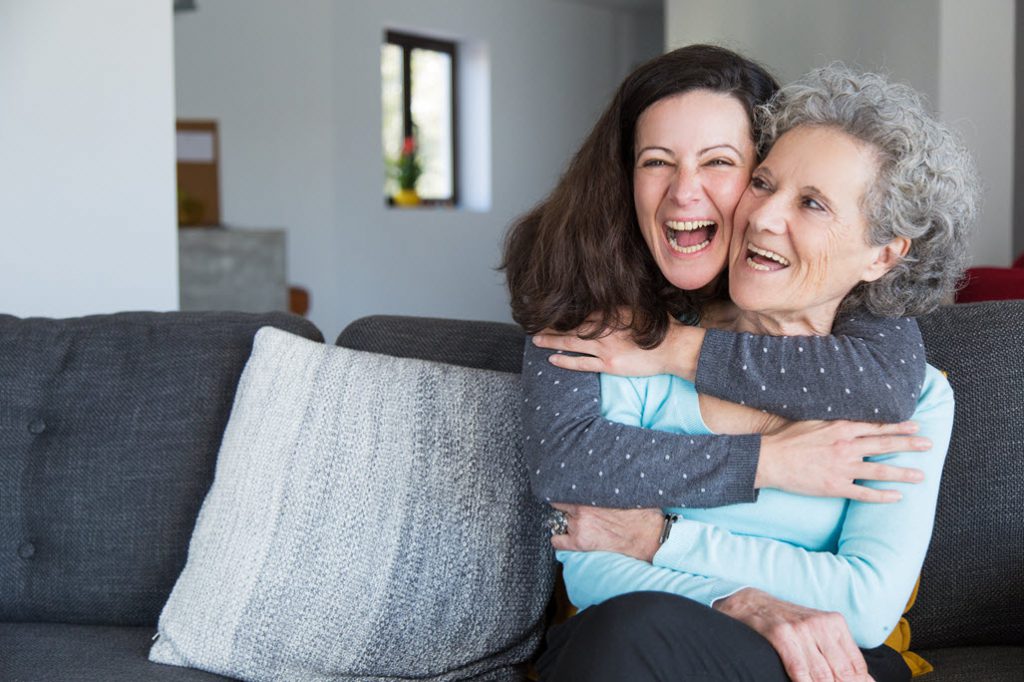Lifestyle

Australia is known for its summer. Fun outdoors, sports, beach trips and enjoying the summer heat is part of every child’s upbringing.
But while older children can dive for the pool or some shade, babies are more sensitive to the sun. Keeping them cool and comfortable is important for their health.
Here is some advice on how to keep your baby protected from the summer sun while still being able to enjoy the holiday season outdoors.
Dehydration is common in babies, because their size makes them more susceptible to excessive fluid loss than adults.
The signs your baby might be dehydrated include:
You can treat mild dehydration by increasing the frequency of breast or bottle feeds. Oral rehydration solution or water can also be given to the child.
Dehydration is very serious, especially for children under six months of age. If the child is unwell, medical treatment may be required to replace lost fluids. If you suspect your child is severely dehydrated, see your GP or go to the closest hospital emergency department.
When the sun is blazing and we are outdoors, covering the pram might seem like a logical option to block out the rays.
But research has shown that using a muslin cloth or blanket could actually be putting your baby at risk. These covers reduce air circulation and have the effect of turning the pram into a furnace which puts children at greater risk of heat stroke.
Studies have shown that a pram that reaches 22 degrees in the sun can increase to 37 degrees after an hour if a cover is placed over it.
The key to a cool pram is air circulation. If there is a back panel that can be removed to allow air through it can offer great relief for your child. Additionally, aerated covers made of mesh can block out the sun while keeping the air flowing.
For adults, protecting ourselves against the sun’s harmful rays can be as simple as applying sunscreen.
However, the widespread use of sunscreen on babies under six months old is not recommended due to the sensitivity of young skin.
SunSmart advises that babies are not exposed to direct sun during the daily sun protection times, when the UV Index is 3 or higher.
The not-for-profit, health promotion program offers a free app that can alert you to current UV levels in your location.
‘Sensitive skin’ and ‘toddler’ sunscreens avoid the ingredients that can cause reactions in young skin. These should be tested on a small area of skin to check for any reaction. It is then advised to use sparingly and only on parts of the body that are exposed to the sun.
If outdoors, keep babies in the shade. By avoiding direct UV radiation, using adequate shading, clothing and sun hats, you’ll protect your baby from sunburn and heatstroke.